Things to see and do - Normanton

-
Get a photo with the most iconic landmark in Normanton, the immortalised 8.63m crocodile that hunter Krystina Pawlowski killed on the banks of the Norman River in 1957. This replica, life-size saltwater crocodile, boasts the status of the largest crocodile on record ever killed or captured in Australia.
L.E.W. Henry Park, Landsborough Street, Normanton
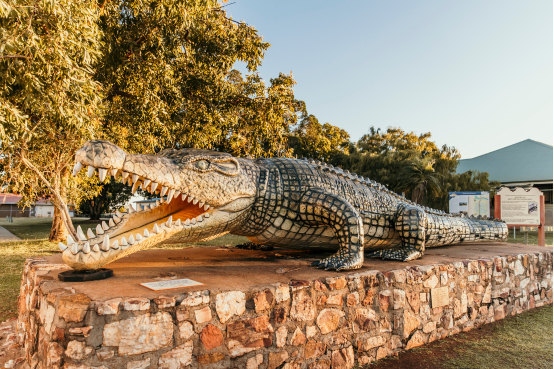
-
Not open to the public. Aboriginal tribes occupied much of the area along the north east side of the Norman River.
-
Normanton was the base of the North Australian Observer Unit and C Company during World War II when it became apparent the more defence lines were needed. The aerodrome was built on the site of the old racecorse and has an all weather landing strip.
-
Established in 1896, the Artesian Bore used to supply the town with up to 300.000 gallons of water per day.
-
Before the Norman Bridge was built, vehicles were ferried across the Norman River by punt. In the late 1880s, a winch type punt was used for several years before being replaced by a diesel operated punt.
-
The Carpentaria Divisional Board was constituted in 1883 and its chambers built seven years later in the style of hotels at the times.
-
Forged at the foundry in Croydon, in the early 1880s and with the inscription 'Normanton Municipal Council', these cast iron plates cover many of the gutters around town. Look in front of the Shire Council Building and down Landsborough Street towards the Burns Philp Building.
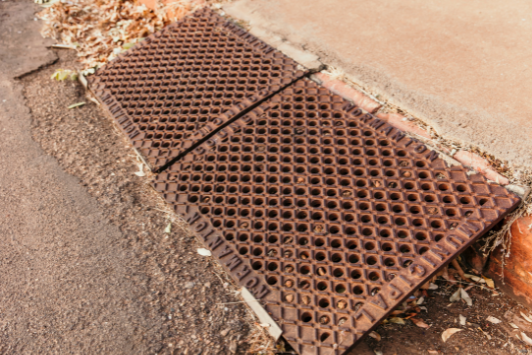
-
In the 1890's Normanton became the main penal establishment for the entire Gulf region. The Goal has several cells with 18 inch walls and limited exercise yards. It was used as a watch house up until the 1990's when the present police station was built.
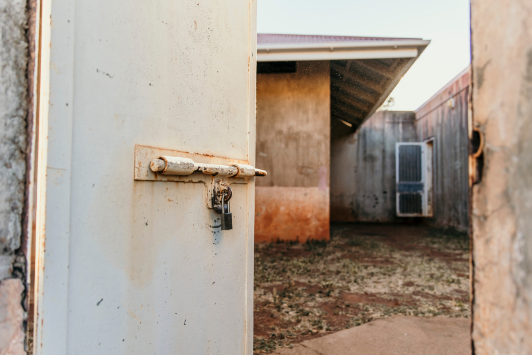
-
This single lane bridge, officially called The Captain WH Norman Bridge, was completed in 1966 to replace the punt which ferried vehicles across the Norman River. However faults detected in 2001 meant a reduced safe load limit and a new bridge was constructed.
-
The historic Railway Station is an architectural marvel that was once the focal point of the town. Tour the informative museum and the see the rolling stock or take an overnight trip on the famous Gulflander to Croydon.
Check the website for details www.gulflander.com.au

-
This durable street guttering was made in the early 1880s from stone from the Normanton Quarry located behind the hospital. The gutters start at the Burns Philp Building and can be seen either side of Landsborough Street to the Westpac Bank.
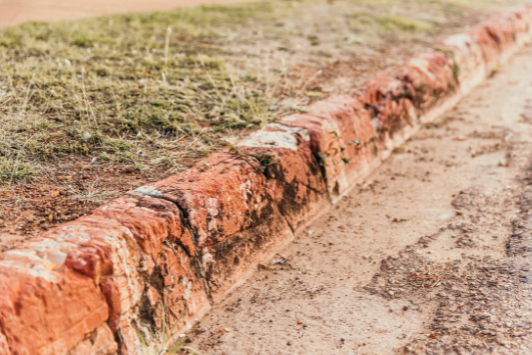
-
The heritage-listed Burns Philp Building is the oldest surviving outpost and was constructed in 1884. It now hosts the Normanton Visitor Information Centre and Library, and the Indigenous Stock Workers and Rodeo Riders displays.
Cnr Caroline and Landsborough Streets, Normanton
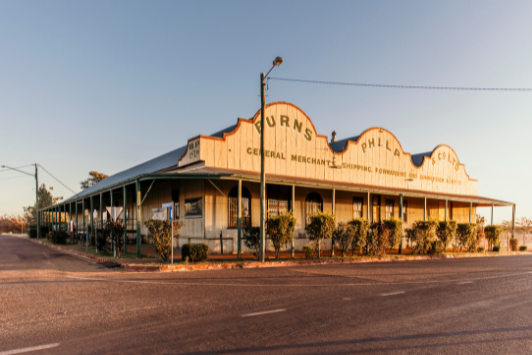
-
Visit this stunning photographic display that captures the contribution, resilience and sheer hard work of the Aboriginal women who established the cattle industry in the Gulf Region. The display is located at the Normanton Visitor Information Centre, in the historic and heritage-listed Burns Philp building.
Corner of Landsborough and Caroline Streets, Normanton
-
The Bynoe Arts Centre hosts contemporary and traditional Indigenous artists’ works and is a gathering space for artists. Take the opportunity to purchase a piece of artwork including hand-made ceramics, ghost net sculptures, paintings and clothing.
85 Landsborough Street, Normanton
-
In the early days the shallow stretches of the Norman River were crossed by a corduroy crossing, a bridge built by placing logs alongside one another. Now replaced by a built up section of road, the logs of the old corduroy can still be seen. These days the area is a popular fishing spot.
-
From November to April, the Mutton Hole Wetlands return to life thanks to the monsoonal rain, attracting various species of birds to gather, breed, feed, and moult after dry season. Bring your binoculars to see brolgas, pelicans, ducks, sarus cranes, and jabirus in this beautiful landscape of mangroves and grassland. But be warned, a few crocodiles live here too.
Located between Karumba and Normanton.
-
This simple two-roomed structure played an important role in the judicial system of Normanton. in 1874 indigenous males were employed by the police department as trackers. Singer Slim Dusty paid tribute to one of Normanton's most famous trackers in his song "Nardoo Burns".
-
The Burke and Wills Camp 119 is located 30km out from Normanton, on the Savannah Way. You can discover the region’s rich pioneering history and the ‘blazed trees’, marked by plaques, to prove how far they made it.
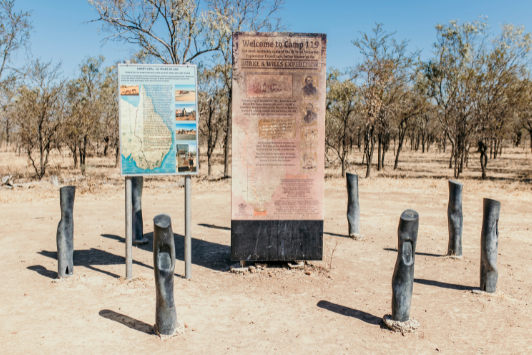
| # | Name | Size | Type | Date | Download |
|---|---|---|---|---|---|
| 1 | Normanton Heritage Walk.jpg | 151.72 KB | JPG | 27th February 2024 | |
| 2 | Normanton Map.jpg | 170.46 KB | JPG | 27th February 2024 |